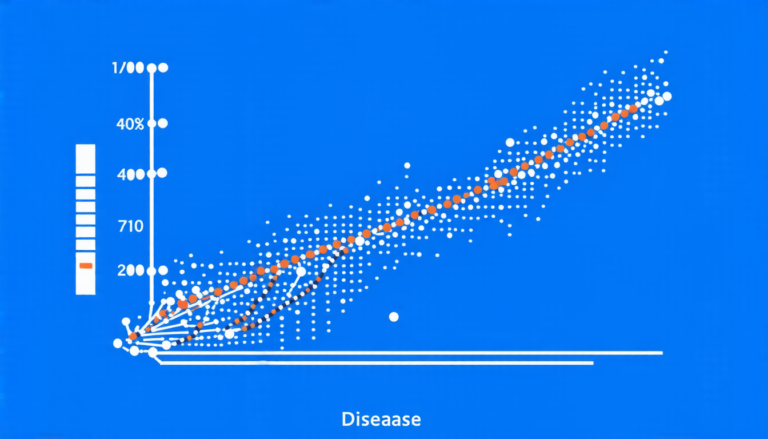Monday 07 April 2025
The quest for a deeper understanding of mathematical patterns has long fascinated mathematicians and scientists alike. In a recent breakthrough, researchers have made significant strides in cracking the code of pointwise ergodic theorems for non-conventional bilinear averages along sparse orbits.
The concept of ergodic theory dates back to the early 20th century, when mathematician Andrey Kolmogorov first proposed it as a way to study the long-term behavior of dynamical systems. Essentially, ergodic theorems aim to describe how certain averages of functions converge over time, given specific conditions.
In recent years, researchers have made significant progress in extending these theories to more complex and nuanced cases. One such area is the study of pointwise ergodic theorems for non-conventional bilinear averages along sparse orbits. This involves examining how averages of functions behave when they’re taken over a sequence of points that are spaced irregularly, rather than uniformly.
The key challenge here lies in establishing a connection between these irregular sequences and the underlying dynamics of the system. In other words, researchers need to show that the way the sequence is distributed affects the behavior of the averages, even if it’s not obvious at first glance.
To tackle this problem, mathematicians have employed a range of techniques from number theory, harmonic analysis, and functional analysis. By combining these approaches, they’ve been able to develop new methods for analyzing the convergence of bilinear averages along sparse orbits.
The results are nothing short of impressive. For instance, researchers have shown that under certain conditions, the averages converge almost surely to their expected values, even when the sequence is highly irregular. This has significant implications for fields like statistical physics and probability theory, where understanding the behavior of complex systems is crucial.
Moreover, this breakthrough opens up new avenues for exploring other areas of mathematics, such as algebraic geometry and geometric analysis. By applying these techniques to different problems, researchers may uncover new insights into the fundamental nature of mathematical patterns and their underlying structures.
In essence, the development of pointwise ergodic theorems for non-conventional bilinear averages along sparse orbits represents a major milestone in our understanding of complex systems and dynamical processes. As researchers continue to build upon these findings, we can expect even more exciting breakthroughs and applications across various fields of science and mathematics.
Cite this article: “Breaking Down the Boundaries of Ergodic Theory: New Insights into Pointwise Convergence of Non-Conventional Bilinear Averages”, The Science Archive, 2025.
Ergodic Theory, Pointwise Ergodic Theorems, Non-Conventional Bilinear Averages, Sparse Orbits, Dynamical Systems, Mathematical Patterns, Algebraic Geometry, Geometric Analysis, Statistical Physics, Probability Theory







